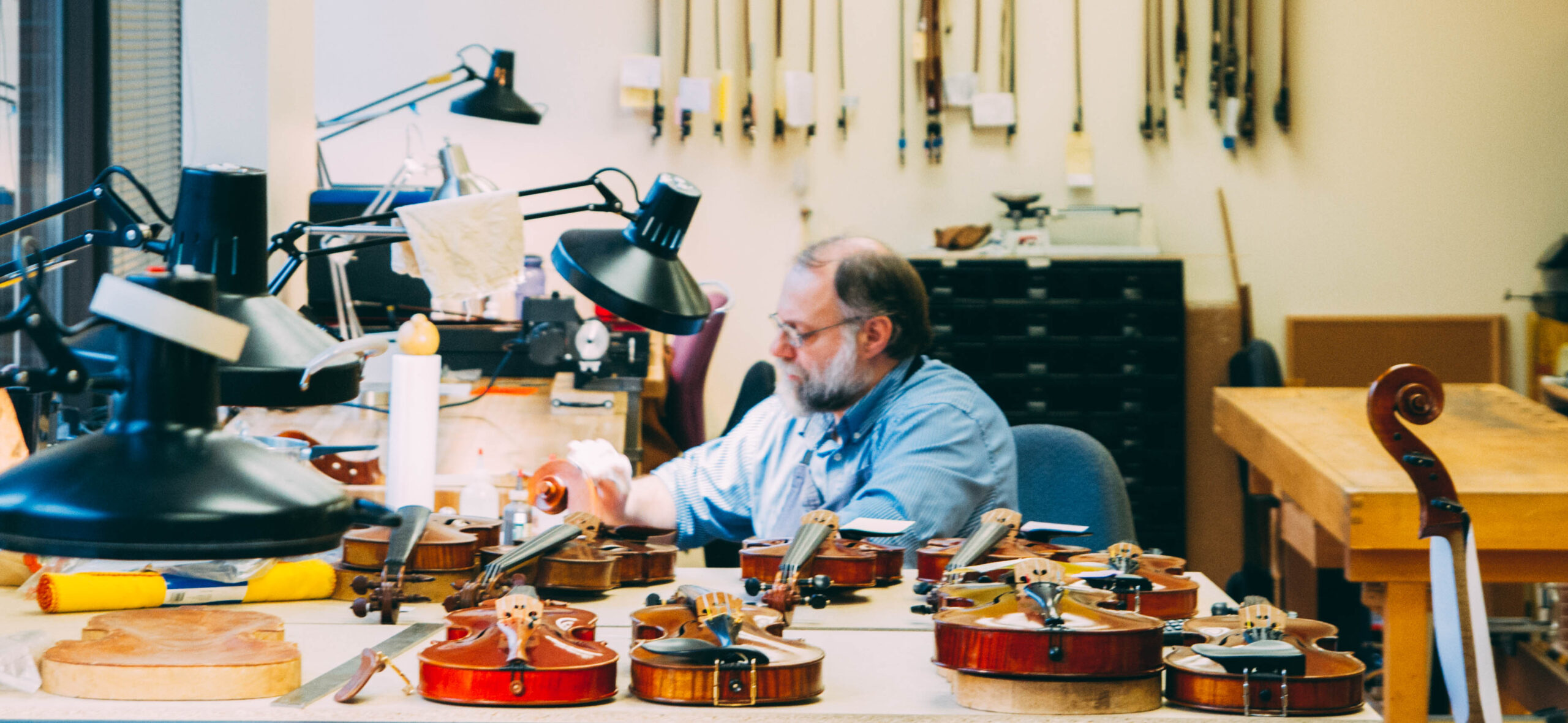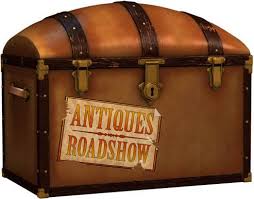
String Instrument Maintenance Guide
Welcome to Claire Givens Violins, your trusted source for stringed instrument maintenance in the midwest and beyond. Our comprehensive maintenance guide provides valuable insights and tips to help you keep your violin, viola, cello or bows in optimal condition. From controlling humidity to proper temperature management, we’ll guide you through essential maintenance practices to ensure the longevity and performance of your instrument.
Humidity Control:
Understanding the impact of humidity on your instrument is crucial. In dry winter or arid climates, maintaining humidity levels of at least 35% (ideally 50%) is essential to prevent cracking and preserve sound quality. Avoid exposing your instrument to heating devices and consider using a power-type humidifier. Additionally, placing a case humidifier such as Boveda, Oasis, or Dampit directly in your case can provide added protection when the instrument is not in use. In damp climates or during the summer, storing your instrument in an air-conditioned room with lower humidity is recommended.
Temperature Management:
Extreme temperatures can cause significant damage to your instrument. Avoid leaving it in a closed car or in rooms with high temperatures. Allow your instrument time to adjust to temperature changes, especially when transitioning from cold to warm environments. Rapid temperature fluctuations can lead to cracks and other structural issues.
Peg Care:
Never force a peg that is difficult to move. To prevent problems, use a peg compound like W.E. Hill and Sons peg dope. If you encounter stuck pegs, consult a professional repair workshop for safe removal.
Fingerboard Maintenance:
Over time, grooves may develop on the fingerboard due to playing. Regularly check your instrument’s fingerboard for grooves. A violin repair person can “dress” the fingerboard to remove the indentations.
Bridge:
Some musicians require different bridges for winter and summer seasons. Proper fit and arch are crucial for optimal performance. We recommend consulting a repair person to ensure a proper bridge change. Periodically, you may need to adjust the bridge to prevent warping. Our team is happy to demonstrate how to do this effectively.
Soundpost:
Adjusting the soundpost yourself can potentially damage your instrument. If the soundpost falls, immediately loosen the tension on the strings and contact a repair professional to have it properly set up and adjusted.
Polish:
After playing, use a soft cloth to wipe off loose rosin from the strings and from the wood of the instrument. Occasionally, use a polish and cleaner to maintain the instrument’s appearance. Avoid leaving excessive polish residue on the varnish.
Strings:
At Claire Givens Violins, we gauge all our strings and recommend the proper brand and gauge for your instrument. Regular checkups by a professional repair person every six months are essential to check for open seams, cracks, and ensure proper alignment of the bridge and soundpost.
How To Care for Your Bow
Rehairing:
Reasons to rehair a bow include:
• Hair is too long or too short
• Hair is dirty
• Hair is thin or broken
• Wedges are coming loose
• Poor performance
Always have your bows worked on by someone knowledgeable about bows. Bows are extremely fragile and they require skilled and experienced handling.
Bow hair is very sensitive to moisture. When the humidity is high the hair will be longer than when the air is dry. It is important that the hair not be too long, as this will affect the balance of the bow and damage may result from tightening too much. Long hair also exposes more of the stick to thumb wear. If the hair becomes too short, it is best to have it rehaired for the correct climate or season.
Brass Eyelet:
Have the eyelet checked every time you have your bow rehaired. If the bow hair will not tighten the eyelet is likely the problem. To help avoid replacing the eyelet, use a bow lubricant periodically.
Tip Plate:
Aside from its decorative function, the tip plate protects the fragile head of your bow. The tip plate should be checked periodically to make sure it is not cracked or loose. When replacing a tip plate it is important to maintain the aesthetic integrity of the bow, especially that of a valuable bow.
The Shaft (Stick):
Even the finest French bows will at times require straightening. Leave this to a skilled bowmaker and repair person. Cracks in the stick or frog should be tended to as soon as possible. The longer they are allowed to remain open, the more difficult they become to repair. Broken heads can usually be repaired with no ill effect on the playing qualities, although breaks like this will drastically impact market value.
Frog:
Check occasionally to see that the pearl slide, eyes, etc., are in good order. A worn pearl slide allows erosion of the surrounding wood. A pearl eye should be replaced before this occurs. Sometimes, the frog becomes difficult to move up and down the stick. Many things can contribute to this: irregularities in the screw, the eyelet, the fit of the screw and button to the stick, dirt, rust, or adjustment. Most of these problems are easily corrected; a few require more extensive work, such as bushing and redrilling the end of the stick. It is important that the frog not be too loose on the stick as the frog can easily be damaged if there is any side-to-side play.
Rosin:
There are a number of very fine rosins available on the market. We can suggest to you the most popular brands for players of your instrument. During the summer months or in a damp, humid climate, use a light rosin which contains little wax. A dark rosin is best during the winter or in a dry climate. We carry both types year-round.
By following these maintenance practices, you can keep your stringed instruments in optimal condition for years to come. For more information and expert assistance, contact Claire Givens Violins, your trusted partner in stringed instrument care in the Twin Cities. Thank you for your interest and we look forward to helping you care for your instrument. At Claire Givens Violins, we understand that caring for a stringed instrument requires special attention, and we are here to help you along the way.


